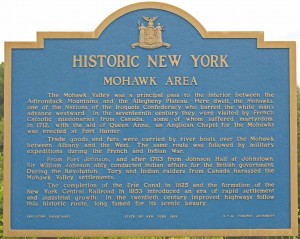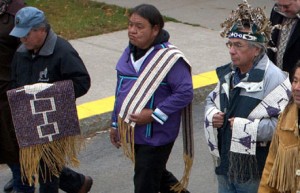
Scholars divide time into periods in an effort to make history comprehensible, but when to draw the diving line can be problematical and historians often disagree where one period ends and another begins.
For the birth of the nation, I am using the end of the colonial period, roughly from the French and Indian War to the end of the War of 1812. The colonial era for me was the time of the settlement of the 13 colonies which would become the United States. That process began in Jamestown and ended approximately 130 years later in Georgia. Up until then individual colonies, notably New York, Massachusetts / New England, and Virginia, dominate the curriculum, scholarship, and tourism, with only passing references to the Quakers in Pennsylvania and the Dutch in New York. Continue reading “New York History and the Birth of the Nation”








